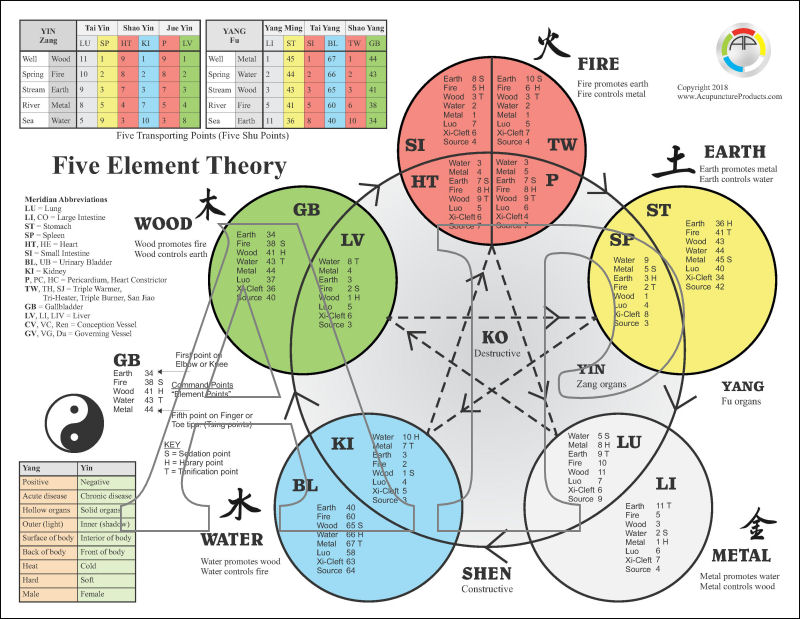
cold damp.Īnterior/Medial and Posterior/Lateral Surface of the Limbs Lower part more affected by Yin pathogens, i.e. Upper part more affected by Yang pathogens, i.e. The classics state: "Yang is on the outside and protects Yin".īelow waist - closer to earth (Yin). The exterior protects body from attack by external pathogenic influences such as Cold, Wind, etc.
YIN AND YANG THEORY ACUPUNCTURE SKIN
The exterior of the body such as the skin and muscles is more Yang. The chest and abdomen (Yin) areas are more easily affected by Yin pathogens such as Cold and Dampness. The head is easily affected by Yang pathogens such as heat and wind.

When Yang energy is not cooled by Yin, it may rise to the head, causing signs such as red face and eyes. Acupuncture points on the head can be used to raise Yang energy. Yang channels either end or begin on the head. Yin channels flow on the anterior or anteromedial surface of the trunk and limbs. They carry Yang energy and protect the body from pathogenic factors. When human depicted as crouching, back receives sun (Yang) and front faces the earth (Yin), is in shade and is protected.Īll Yang channels (except the Stomach channel) flow on the dorsal or dorsolateral surface of the trunk and limbs. Back contains spine that holds ribs: protection. 24 Hour Yin Yang Cycleġ2 PM corresponds to Utmost Yang, while 12AM corresponds to Utmost Yinįront is more soft and vulnerable (Yin). This can be seen in the changes of four seasons, and the changes throughout a single day ( 24 Hour Cycle), as seen below. Yin constantly changes into Yang & back into Yin again. The ancients observed 2 phases of constant cyclical change. Yin and Yang and the Five Elements became an integral part of Chinese philosophy. Scholars of this school interpreted natural phenomena and observed how these are reflected in the human body in health and disease. The Naturalist school promoted idea of living in harmony with natural laws. 5 Element Theory was developed at same time.

Yin Yang had been understood for many centuries, but was systematically elaborated and written down by Tsou Yen of the Yin Yang (Naturalist) School in the Warring States Period (476-221 BC). The Eight Trigrams were combined to form 64 hexagrams, symbolizing all possible phenomena of the Universe. With addition of an extra line, the Eight Trigrams (Ba Gua) were formed, illustrating all the directions.

Yin Yang is the fundamental principle, and the most important theory in TCM, underlying all physiology, pathology & treatment.Ĭombining the two, we have the four stages of Yin and Yang. For example: Spring only comes when winter is finished. One can change into the other, but it is not a random event, happening only when the time is right. Normally this is a harmonious change, but when Yin or Yang are out of balance they affect each other, and too much of one can eventually weaken (consume) the other. Relative levels of Yin Yang are continuously changing. The classics state: "Yin creates Yang and Yang activates Yin". For Example: no energy without matter, no day without night. They constantly transform into each other. Yin contains seed of Yang and vise versa.

Just as a state of total Yin is reached, Yang begins to grow. The Tai Ji (Supreme Ultimate) diagram shows the relationship of Yin & Yang and illustrates interdependence on Yin & Yang. Interdependent: Can not exist without each other.Yin and Yang are never static but in a constantly changing balance. For example: Water is Yin relative to steam but Yang relative to ice. This opposition is relative, and can only be spoken of in relationships. They are either on the opposite ends of a cycle, like the seasons of the year, or, opposites on a continuum of energy or matter. Four Main Aspects of Yin and Yang Relationship


 0 kommentar(er)
0 kommentar(er)
